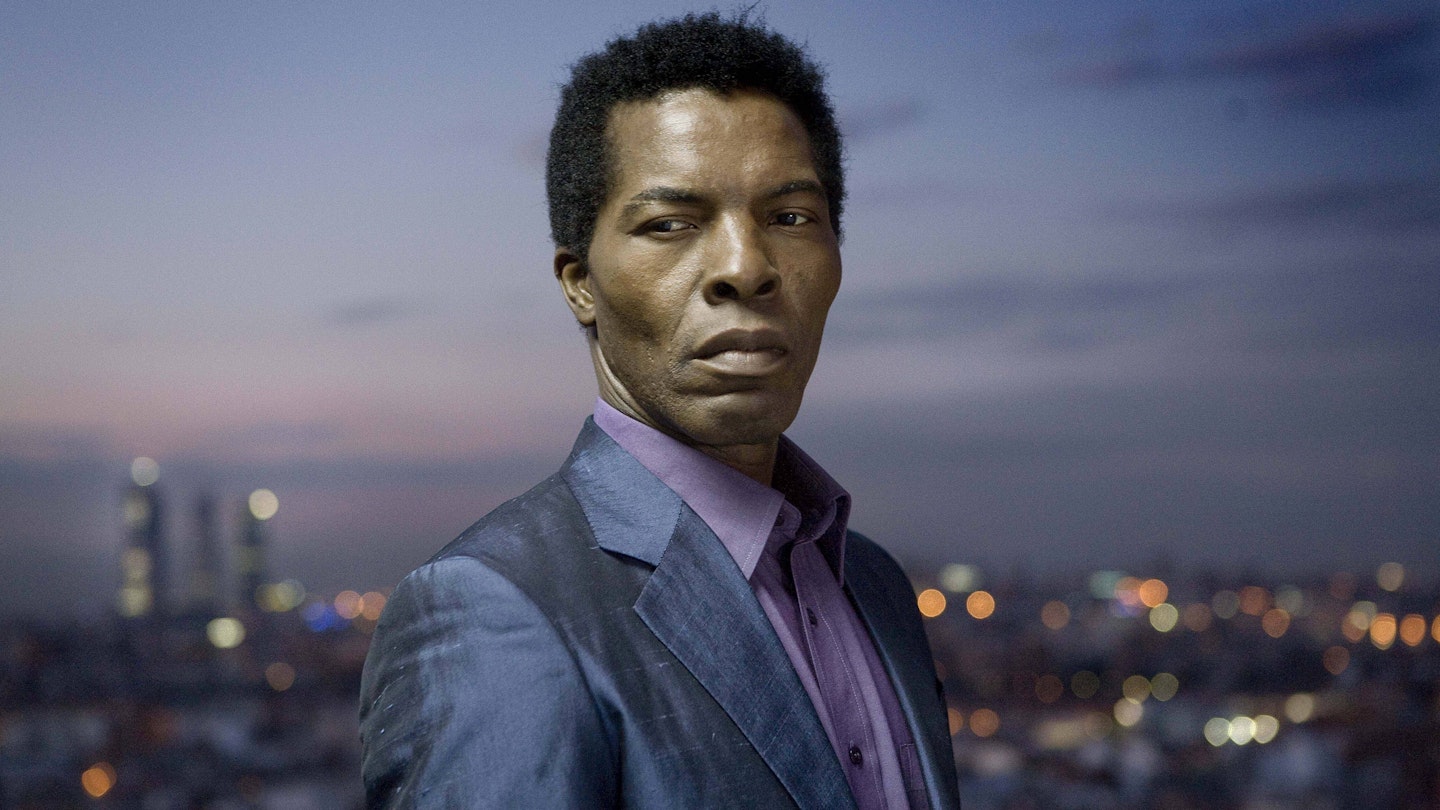Any movie that opens with a quote from a dead French poet is likely to provoke one of two reactions in a darkened cinema: a nod of contemplation towards said quote’s grander implications or a somewhat different nod towards the more pressing implications of the glowing “Exit” sign. That this exercise in metaphysical gangster cool will have you doing both over its near two-hour running time is testament to Jim Jarmusch’s simultaneous skill and arrogance as a filmmaker.
Once we’ve been flashed the words of 19th-century teen decadent Arthur Rimbaud (“As I descend down impassable rivers, I no longer feel guided by the ferryman”), The Limits Of Control starts, in classic Jarmusch style, with a suave, silent loner embarking on a meandering picaresque. Here it’s the never-ruffled Isaach De Bankolé, looking Lee Marvin chisel-sharp in three-button suit, practising Tai Chi in an airport bathroom stall; silent, coiled, composed. Jarmusch has described De Bankolé’s face as “a beautiful series of planes”, and it’s clear that this is a film as in love with its leading man as East Of Eden was with James Dean. Bankolé plays Lone Man, Jarmusch cool reduced to essentials — good tailoring, decent coffee and an appreciation of fine art (he visits the galleries of every Spanish city he passes through). What he isn’t is a talker.
A love-letter to the existentialist Euro cinema of the late ’60s (Antonioni, Godard, Melville), it favours colour and tone over plot and character. However, those films were comfortable with the lethargic pace set by their protagonist. Here, Jarmusch flits through Lone Man’s assignations — the Mexican (Gael García Bernal), the Nude (Paz de la Huerta), Guitar (John Hurt), and the Blonde (Tilda Swinton) — with near-disinterest. We’re distracted (de la Huerta is naked throughout) and wryly amused, but never fully engaged. Even Bill Murray’s cameo as De Bankolé’s final target, surrounded by guards in his bunker, feels more like an improvised sop to fans than anything approaching resolution. What’s left is the beauty of the journey through a dream-like Spain, shot with graceful clarity by Christopher Doyle. But without an adequate plot, dialogue or characters, you may as well as be watching the deleted scenes from the DVD extras.
